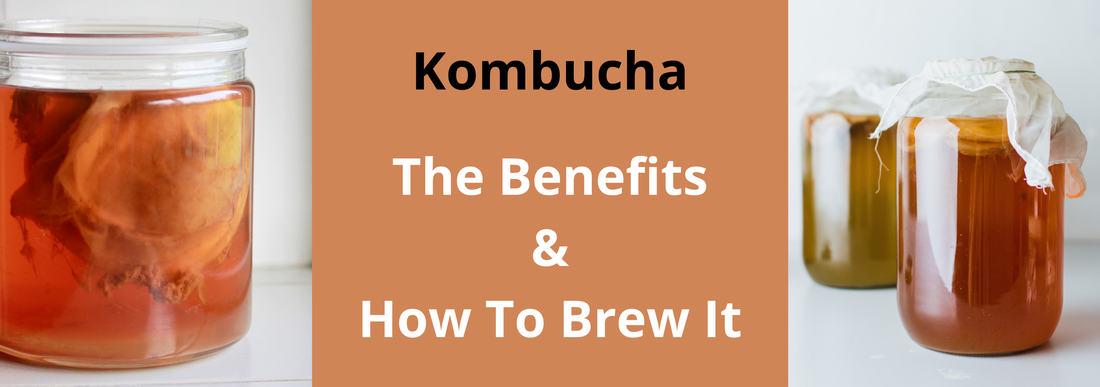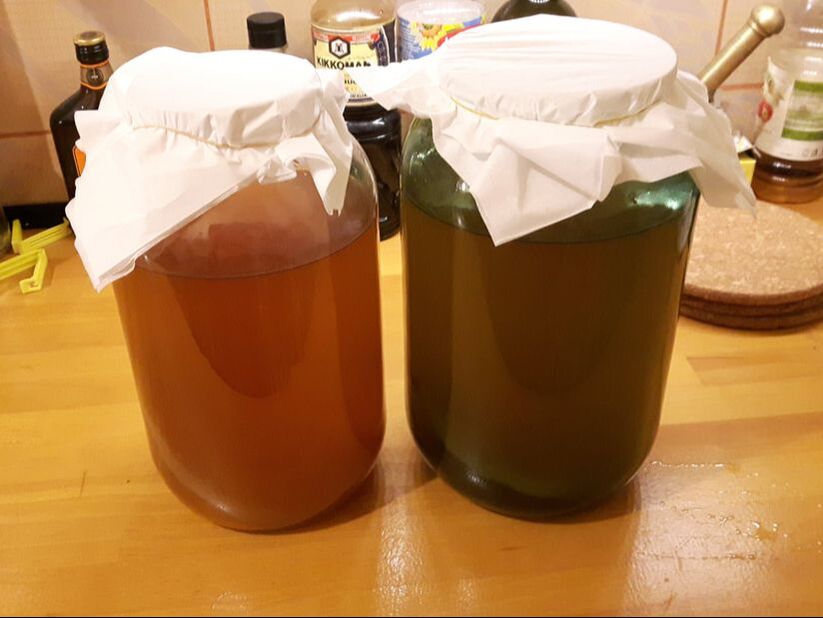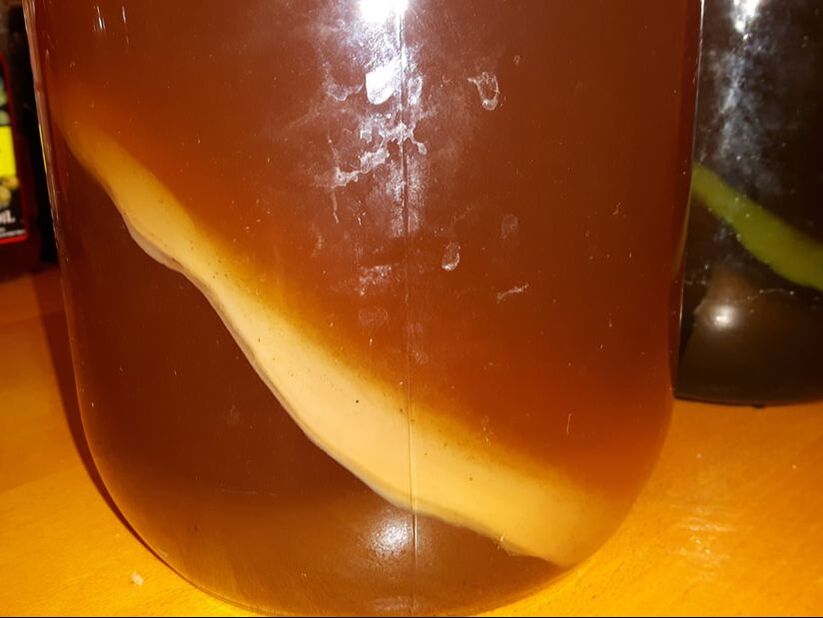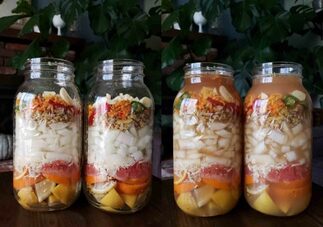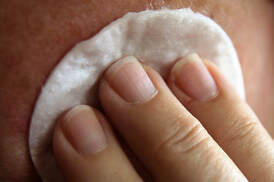Kombucha
|
There are two products you can make and use here:
The regular (drinkable) Kombucha and the Kombucha vinegar. I will start with the drinkable Kombucha first as that is the first stage anyway. Everyone reacts differently to the Kombucha drink. If it gives you gases or an inslated feeling, then start by taking just one sip a day and increase it weekly by taking one more sip. I personally have mainly been using the Kombucha vinegar and I love it. I'm also happy to have yet another natural and organic product that I use and consume. A fun fact is that it's even cheaper to produce than the factory made vinegar. Benefits: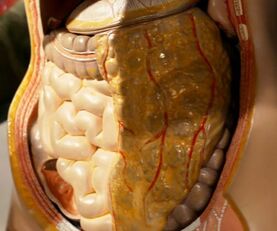
1. Gut health:
As this 2014 study confirms, the fermentation process of kombucha means that the drink is rich in probiotics. Probiotic bacteria are similar to healthful bacteria that are found in the gut. Consuming probiotics may improve overall gut health. Probiotic bacteria have been found to help treat diarrhea, and some research suggests they may help ease irritable bowel syndrome (IBS). More research is needed into how kombucha improves gut health, but the link between probiotics and gut health suggests it may support the digestive system. The link between healthy bacteria in the digestive system and immune function is becoming clearer as more studies focus on gut health. If the probiotics in kombucha improve gut health, they may also strengthen the immune system. 
2. Cancer risk:
There is growing evidence to suggest drinking kombucha could help reduce the risk of cancer. A 2008 study found that kombucha helped prevent the growth of cancer cells. Further research in 2013 found that kombucha decreased the survival of cancer cells. Both studies suggest kombucha could play a role in treating or preventing cancer. It is important to note that these studies looked at the effects of kombucha on cancer cells in a test tube. More research is needed to see if people who drink kombucha have a reduced risk of developing cancer. 
3. Infection risk:
A type of acid called acetic acid, also found in vinegar, is produced when kombucha is fermented. A study carried out in 2000 found that kombucha was able to kill microbes and help fight a range of bacteria. This suggests that it may help prevent infections by killing the bacteria that cause them before they are absorbed by the body. 
4. Mental health:
The probiotics in kombucha are thought to have the ability to treat depression.There may be a link between probiotics and depression, suggesting that drinking probiotic-rich kombucha could help promote positive mental health. There are strong links between depression and inflammation, so the anti-inflammatory effect of kombucha may help alleviate some of the symptoms of depression. A 2017 review looked at a number of existing studies and concluded that there is strong evidence that probiotics may help treat depression. However, further research is needed to prove how effective they are. 
5. Heart disease:
Levels of certain types of cholesterol increase the risk of heart disease. Studies in 2012 and 2015 found that kombucha helps to reduce levels of the cholesterol linked to heart disease. Cholesterol levels and heart disease are also influenced by diet, exercise, weight, lifestyle habits, and inflammation. However, the research cited here suggests drinking kombucha may help reduce the risk of heart disease. At the same time, it is important to note that these studies were in rats. More research is needed to prove that kombucha reduces the risk of heart disease in humans. 
6. Weight loss:
When kombucha is made with green tea, it may aid weight loss. A 2008 study found that obese people who took green tea extract burned more calories and lost more weight than those who did not. If kombucha is made with green tea, it follows that it could have a similarly positive effect on weight loss. Again, researchers need to look at kombucha and weight loss specifically before this is certain. 
7. Liver health:
Kombucha contains antioxidants that help fight molecules in the body that can damage cells. Some studies, the most recent being in 2011, have found that the antioxidant-rich kombucha reduces toxins in the liver. This suggests that kombucha may play an important role in promoting liver health and reducing liver inflammation. However, studies to date have looked at rats and more research is needed to say with certainty how kombucha can support liver health in humans. 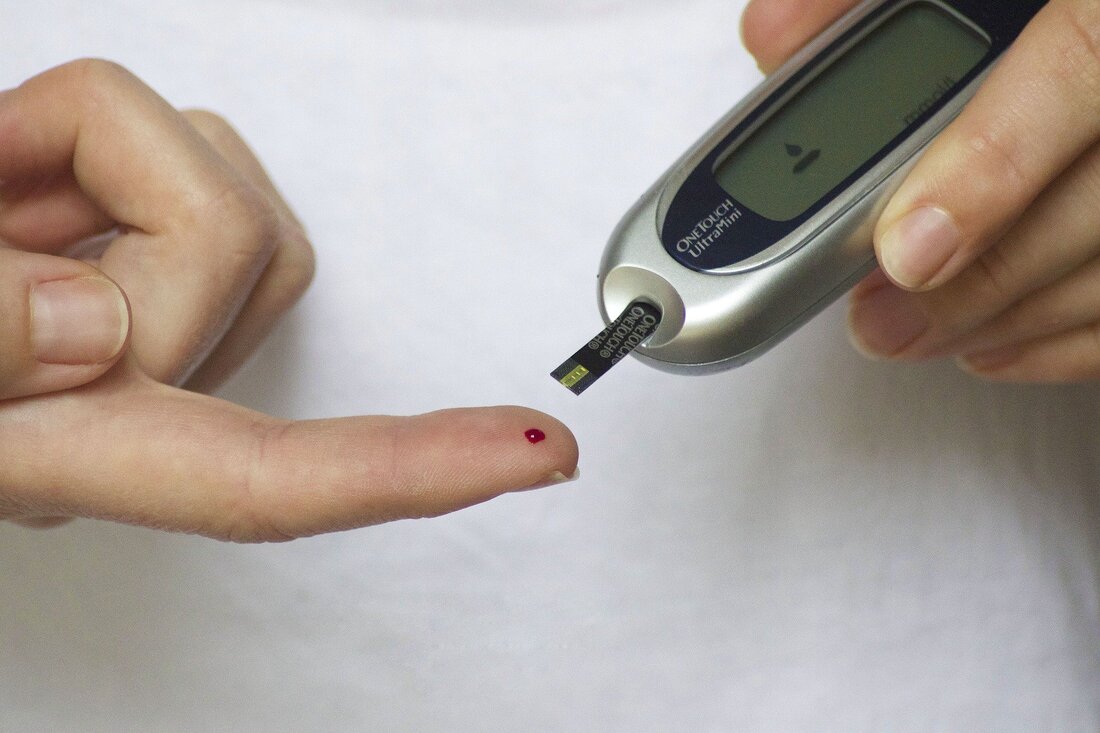
8. Type 2 diabetes management:
Kombucha may help to stabilize blood sugar levels and aid in the management of diabetes.Kombucha may also be helpful in managing type 2 diabetes. A 2012 study found that kombucha helped to manage blood sugar levels in rats with diabetes. This finding suggests it may be helpful in type 2 diabetes management. Again, more research is needed to say with certainty whether kombucha can have the same benefits in type 2 diabetes management for humans. More benefits: click here
The Simple Guide to Kick-ass Kombucha:These instructions outline how to make homemade kombucha. For more in-depth instructions and tips, see the article above this recipe card.
Course: Beverages (Non-Alcoholic) Cuisine: American Keyword: homemade kombucha, how to make a scoby, how to make kombucha, kombucha Diet: Dairy-Free, Gluten-Free, Raw, Vegan, Vegetarian Time: 60 minutes or more Servings: 19 cups Calories: 50kcal Author: Sarah Bond Ingredients:Making a SCOBY:
First Fermentation:
Second Fermentation and any after that:
Instructions:
Making a SCOBY:
First Fermentation:
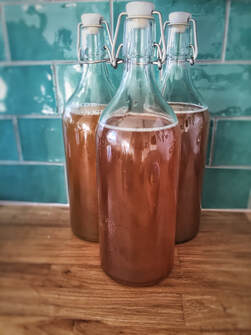
Second Fermentation and any after that:
If you let it brew too long... what to do?Your brew got too acid already? Do you need to start a new batch?
Keep a cup or so of the over-fermented kombucha vinegar to use as the “starter culture” liquid to kick-start the next batch! Then continue the brewing of the acid part into delicious vinegar. See below how to make Kombuchia vinegar (scroll down for more about that). Nutrition:Serving: 1cup (depends on fermentation length) | Calories: 50kcal | Carbohydrates: 12g | Sodium: 13mg | Sugar: 12g
Preserving and sharing the mushroom:I never use all of the produced Kombucha drink or vinegar.
They suggest to leave 20% of the fluid when starting a new cycle. This year for example (2020) I took and filtered the fluid and split it in two jars. I did also take the mushroom, it had multiple layers, so I gently separated them, flushed them and put one in each jar. The I also put one in a seal bag to be shipped off to someone. When filtering I use the thinnest possible mesh to have a clean fluid to start the brewing. I do the same when extracting the drink or the vinegar. When sharing the mushroom with others you can either take an entire mushroom or gently cut a piece of it. I also heard that you could dry a mushroom and this way it could be preserved for a thousand years. This makes total sense as it will go into a dormant, metabolically inert state. Submerging it again into the right solution of nutriments will reactivate it. Kombucha vinegar:An even simpler way to making Kombucha vinegar:
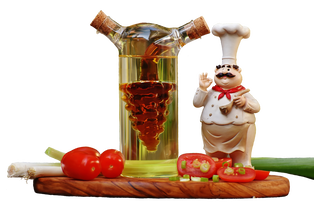
All you need to do to make kombucha vinegar is allow a batch of kombucha to ferment for a long time, at least 30-60 days in a small batch. Cooler areas may take longer. You will know it is ready when the kombucha tastes very sour – like vinegar.
What actually happens is that the yeast in the fermentation process produces alcohol, then bacteria consume the alcohol and convert it to acetic acid. It’s the acid that helps rinse away gunk and it is a mild disinfectant. There’s a number of things that can influence the final acetic acid concentration of kombucha vinegar including the time of ferment, amount of sugar, and amount of culture used, but a typical Kombucha vinegar is estimated to contain around 2% acetic acid concentration. When you buy ACV or white vinegar they are around 5% acetic acid, so whilst Kombucha vinegar is less acidic it’s still very useful. I just wouldn’t use it for pickling foods because you rely on the higher acid level to inhibit the growth of bacteria. The many ways to use the Kombucha vinegar:
|

